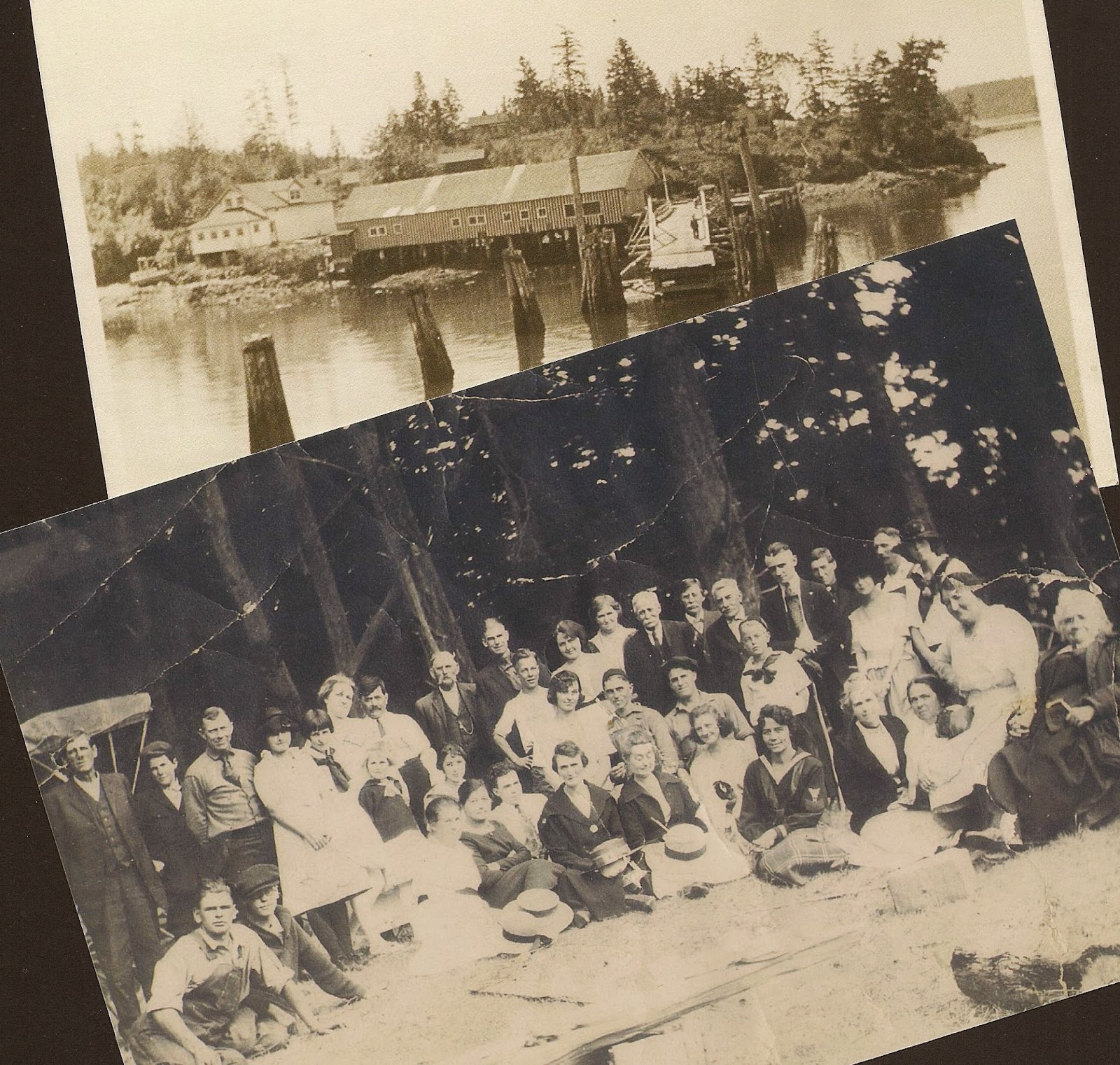.jpg) |
| Sucia Island, San Juan Archipelago, WA. Vintage photographs from the collection of the Saltwater People Historical Society© |
"Thanks to the members of the various yacht clubs making up the Interclub Boating Association of WA., Sucia Island is preserved as a marine park.
Sucia, the island paradise that Puget Sound boating people bought without the aid of governmental funds, was publicly turned over to the WA., State Department of Parks on Sunday, 29 May 1960, in ceremonies at one of this island's major harbors –– Fossil Bay.
The donor of Sucia Island is the Puget Sound Interclub Assoc, a service group of 42 WA., State boating organizations.
It has been a refreshing acquisition of a recreational playground. In an age when public bodies at all levels are besieged with requests for funds to buy lands, build roads, improve parks, and other worthy-enough projects, this group of NW boating people is probably the only group in the country today [1960] that decisively walked out, signed sizable notes to insure a major purchase, raised the funds from its own, then turned the island over to the state to maintain as a boating playground forever. It has been a monumental five-year effort.
 |
A Clyde Banks view from the early 1940s. From the archives of the Saltwater People Historical Society© |
Sucia Island is one of the most beautiful of the 174 islands in the San Juan Archipelago. Comprising 362 acres of land, it is directly north of Orcas Island. It is not as large in land-area as the other major islands, but is an ideal marine park with extensive water boundaries, four harbors, many beaches and other tiny islands and indentations."
Written for the SYC Binnacle, June 1960



























